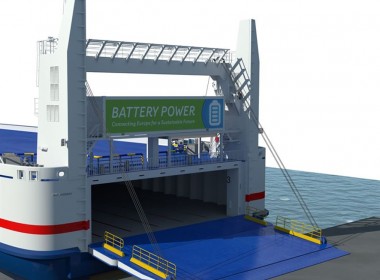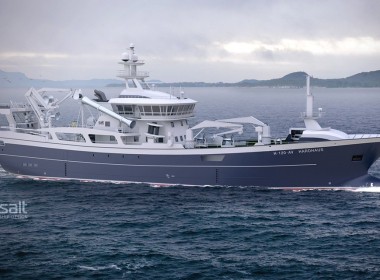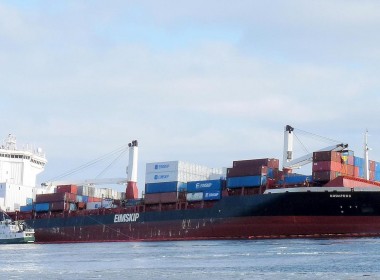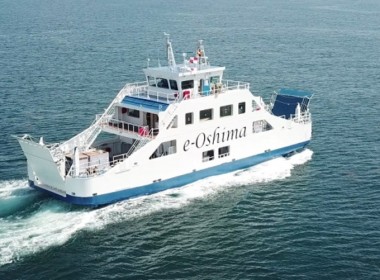LETTERS | Battery companies should push the envelope for safer and better solutions

Following the report from Norwegian Safety Investigation Authority, regarding the incident onboard the tour boat Brim, the industry is starting to discuss maritime battery safety more frequently.
In a comment, the CEO of the International Institute of Marine Surveying raises a number of concerns. As a maritime battery manufacturer, we have a level of insight on battery safety that we feel is necessary to introduce into the dialogue.
One comment was whether technology is running faster than what rule makers or regulators can keep up with. As a battery manufacturer, we think this is the way it should be. Classification agencies have an important role but are reactive in nature. The companies developing technology should push the envelope for safer and better solutions. And as new concerns surface, and technology finds a solution to them, rules will be updated and aligned.
In the automotive industry, all safety advances, such as seatbelts, airbags etc., are a result of R&D in individual companies.
The industry has an important role to collectively push the maritime industry forward and classification shouldn’t be used as an excuse against further development.
Educate ourselves on battery safety
One thing missing in the BRIM-report, and in the debate in general – is what likelihood the battery cell in use has for thermal runaway events caused by internal or external short circuits and how they behave if it happens.
In the light of the report, we can’t be certain that shipowners and operators fully understand how different battery types behave under these kinds of situations.
At the fundamental level, all battery systems contain variations of battery chemistries, and depending on what type of battery is being used the reaction of a short circuit can be catastrophic, or less dramatic.
There’s probably only one battery chemistry used in maritime applications (LTO) with qualities that fundamentally minimise the risk of internal short circuits and doesn’t show the same dramatic effect in a thermal runaway-event.
The BRIM-report points out several important issues, and it is clear that a sequence of unfortunate events led to short circuiting in the battery system, which in turn lead to a catastrophic event. Safety and fire suppression systems are obviously needed but on the lowest possible level, inherent cell level safety qualities will prevent catastrophic outcomes and save lives.
Regards,
Magnus Eriksson
CEO – Echandia
Stockholm, Sweden
An injustice on your mind? Want to get something off your chest? Please direct all letters to the editor to [email protected]









